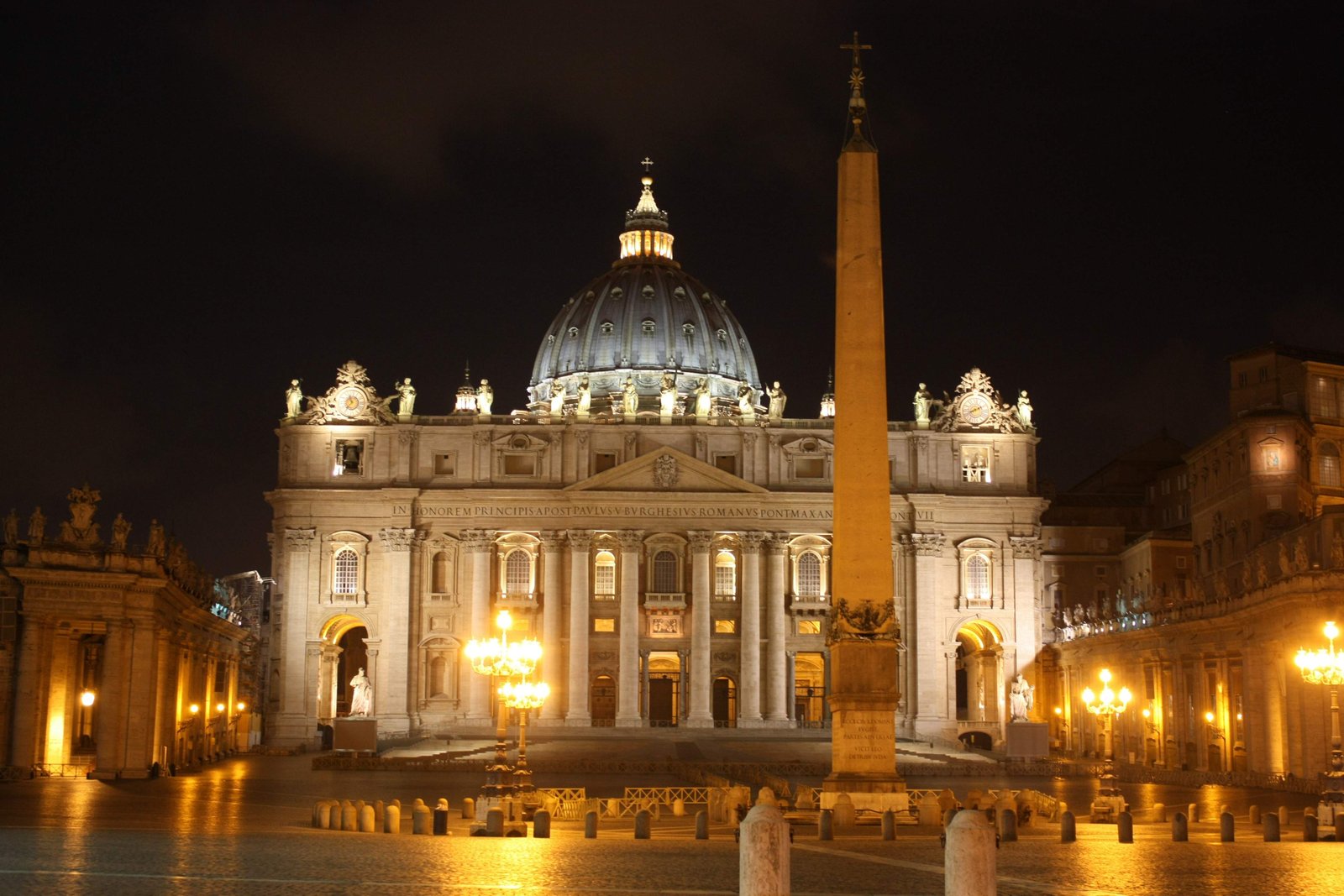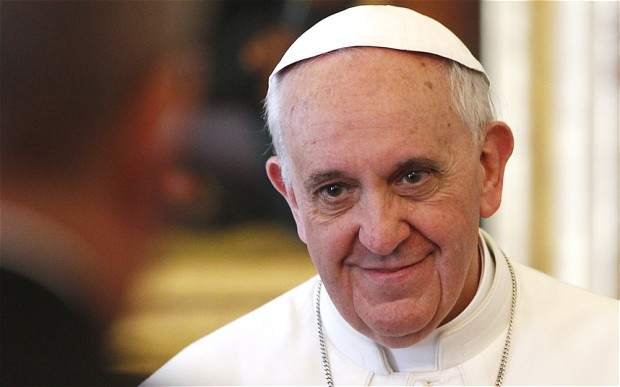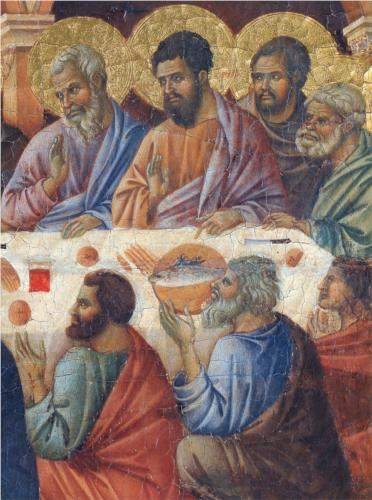
St. Peter’s Basilica (Wikimedia). I love her, but she’s not my home church.
This is something that’s been eating at me for a while, in my conversations with Protestants: I am not a Roman Catholic.
I’m not even Roman! To the best of my knowledge, I haven’t a bit of Roman heritage within at least the past millennium. I come from good, British stock — mostly English, Scottish, and Scotch-Irish.
But when I’m talking to Protestants, they invariably refer to me as “Roman Catholic,” and my Church as the “Roman Catholic Church.” And I realize these terms are technically correct, according to popular nomenclature; but in my view, they are inappropriate, and here’s why.
I am, first and foremost, a Christian. By nativity, residence, and heritage, I am an Alabamian and a Southerner and an American; by education, I am an historian; by avocation, a blogger and would-be theologian and apologist. This is how I identify myself. I don’t generally think any clarification to my Christian identity is immediately necessary, but when it becomes relevant to conversation, I give it: I am a Catholic Christian of the Diocese of Birmingham in Alabama.

Pope Francis. He is my universal pastor, and I love him, and I am faithful to him — but I’m not a member of his diocese.
So why do people feel the need to label me as a “Roman” Catholic? There is almost always a note of unpleasantness in their tone when they say this: Dismissiveness? Incredulity? They speak as if there were more than one Catholic Church, and the “Roman” one is only one among many; or as if the “Roman” Catholic Church is only a pretender to the title “Catholic.” There is a sense in which my Church and my Christian heritage is indeed Roman, but that is seldom if ever the sense in which anyone uses the term. And so I reject the label. I am not a “Roman” Catholic.
The particular Church of which I am a member, the Diocese of Birmingham in Alabama, is a member of the Latin Rite of Christianity. Latin, the ancient language of Rome, is our primary liturgical language, even if in practice we speak more English these days. My bishop, the Most. Rev. Robert Baker, is in communion with the bishop of Rome, Pope Francis. But I am not a member of the Church of Rome.
There are more than 2,000 bishops and dioceses (Latin dioceses, Greek διοίκησες, “administrations”) worldwide who, like mine, are in communion with the bishop of Rome. Collectively, these dioceses are often referred to as the Roman Catholic Church, it’s true — but the fact is, only one of those dioceses is actually Roman, the Diocese of Rome, of which Pope Francis is the ordinary. The fact is that these dioceses are distributed among every country and nation on earth, speak nearly every vernacular language, and are made up of Christians of every ethnicity and heritage and background. Only a minuscule fraction of these Christians are Roman in any way. Each diocese is a particular Church of its own. These Churches are not all part of the Latin Rite: there are twenty-three different rites represented by these Churches in communion with the bishop of Rome, some of them having little resemblance or relation to the Roman one: the Byzantine, the Melkite and Maronite, the Syro-Malabar, the Coptic and Ethiopian Catholics, just to name a few. Christians of these Churches would no doubt be offended to be called “Roman” Catholic. But when I say that I am Catholic, I mean that I am in communion — in a Christian unity — with all of these people.

Appearance of Christ to the Apostles (fragment) (1311), by Duccio. (WikiPaintings.org)
The four marks of the true Church of Christ put forward by the Nicene Creed are that she is One, Holy, Catholic, and Apostolic. There are other Christian communities in the world that claim themselves to be “catholic” — universal — but there is only One to whom the term truly applies. Speaking practically, no other Church has as many members worldwide — over 1.2 billion — in as many places, among as many groups of people. No other Church is united in oneness by such universal bonds of communion: even the next largest Christian groups, the various Orthodox Churches, and those of the Anglican Communion, are united more by association than communion; the vast majority of other Christian communities have been hopelessly splintered by schism and disunion, to the degree of some 40,000 Protestant denominations today (and that figure is not even to mention “non-denominational” Christians). No other Church manifests more fully the Apostolic faith represented by the New Testament and witnessed forward through the ages by the Church Fathers. And in an age increasingly rocked by moral disintegration, only One Church continues to consistently stand apart in holiness against the evils of abortion, euthanasia, contraception, and immoral sexuality. Only the true, historic, Catholic Church embodies the Oneness, Holiness, Catholicity, and Apostolicity of the Church founded by Jesus 2,000 years ago, which He promised would forever stand against the powers of death. And this is what I mean when I say that I am Catholic.

